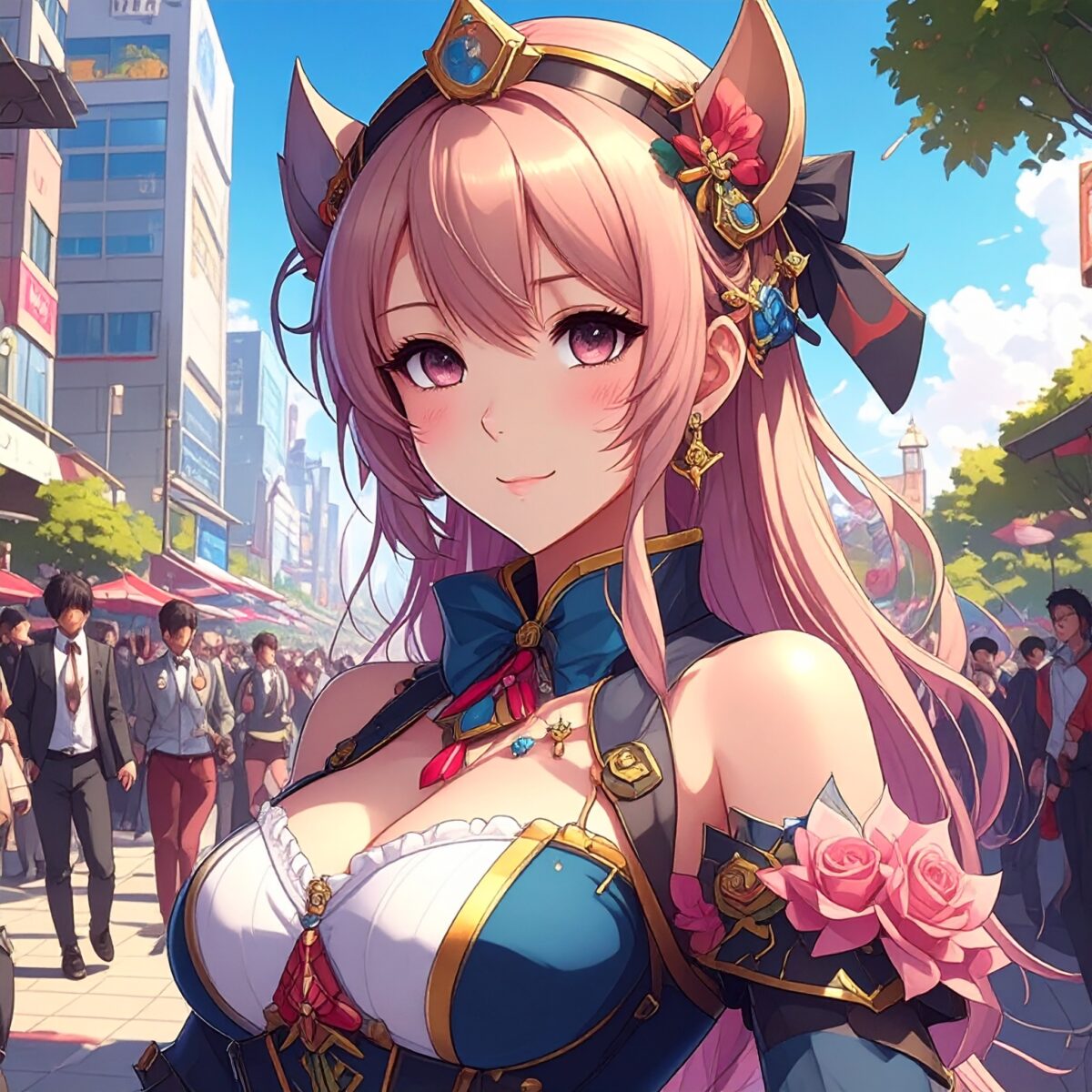Today, the word “cosplay” is recognized across the globe—from English-speaking countries to Francophone and even Arabic-speaking regions. But it’s more than just dressing up; it’s a culture of connection—of becoming your favorite character and bonding with others across borders, languages, and generations.
Why has this uniquely “Japan-born” style become such a global phenomenon? At the heart of it is anime—a universal language—and the characters who act as emotional bridges between people. Cosplay is no longer just a hobby; it has evolved into a space for cultural exchange, personal expression, and shared empathy.
More Than Just Costumes — Cosplay as the Art of Becoming
Although “cosplay” is a Japanese-coined abbreviation of “costume play,” its essence goes far beyond wearing outfits. It’s about becoming a beloved character—projecting oneself into their world and story.
That’s why in the global cosplay community, it’s not just about the quality of the costume, but the depth of understanding of the character and the commitment to embodying them. At conventions around the world, fans are often moved by cosplayers who replicate a character’s posture down to the precise angle—or who find liberation from body image or gender norms through cosplay.
Cosplay is a space where freedom of expression and empathy for others beautifully coexist.
Anime as an Emotional Bridge
A major force behind the global spread of cosplay culture is Japanese anime. Series like Sailor Moon, Naruto, Demon Slayer, One Piece, and Attack on Titan don’t just tell stories—they immerse viewers in the personalities and emotions of their characters.
This depth creates a powerful desire: “I want to become this character,” or “I want to express their pain.” In a way, cosplay becomes a visualization of empathy—a form of emotional globalization mediated through anime.
Even without understanding Japanese, fans resonate with the characters’ joy, sorrow, and struggles. This shared emotional experience transcends language and connects people around the world.

From “Intercultural Exchange” to “Shared Culture” Spaces
At global anime events today, nationality and ethnicity are no longer barriers. An American becomes Hatsune Miku, a Mexican appears as Bride Rem, and a French fan steps on stage as Itachi Uchiha. What unfolds in these spaces is not “intercultural” dialogue, but connections among people who share Japanese culture.
Through cosplay, a new kind of international community is being created—not among those “familiar with Japan,” but among those who love the same stories.
Japanese cosplayers also participate in overseas events, sharing their artistry across cultural boundaries. In doing so, they foster mutual respect and understanding—one performance at a time.
A Pathway to Self-Affirmation
Cosplay holds the power to help people affirm their sense of self. Even those who feel shy in everyday life can stand tall when embodying a character. Those with insecurities about their appearance may discover a “new self” by stepping into a character’s shoes.
This transformation has been shown to positively impact young people’s self-esteem and mental health. As a result, cosplay is now being explored as a form of art therapy and as a tool in educational programs.
Sharing cosplay photos on social media and receiving responses from around the world also brings a sense of joy—proof that one’s creativity and passion can truly resonate with others.
Conclusion — A World United Through Embodied Play
Cosplay is more than just a hobby or event spectacle. It’s a form of expression where, through shared anime narratives, people discover themselves by “becoming someone else.”
Through this act, individuals across the globe connect using the “language of emotion” embedded in characters, transcending real-world boundaries to create a culture of “playing and living together.”
“Cosplay” has become a global word not because of costumes, but because of the shared expression of the heart. As this cultural movement continues to grow, its power to connect people beyond characters will only expand.




